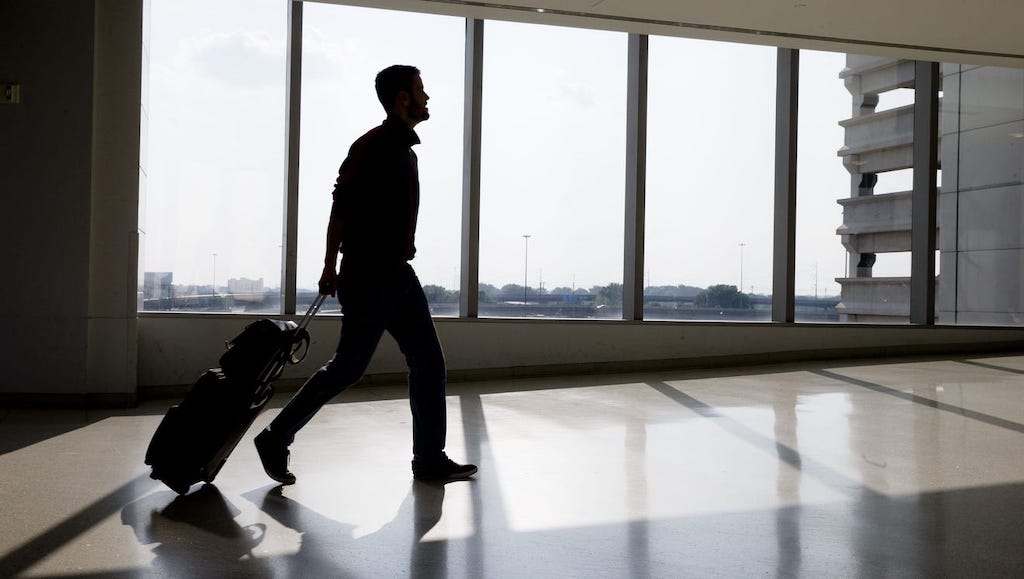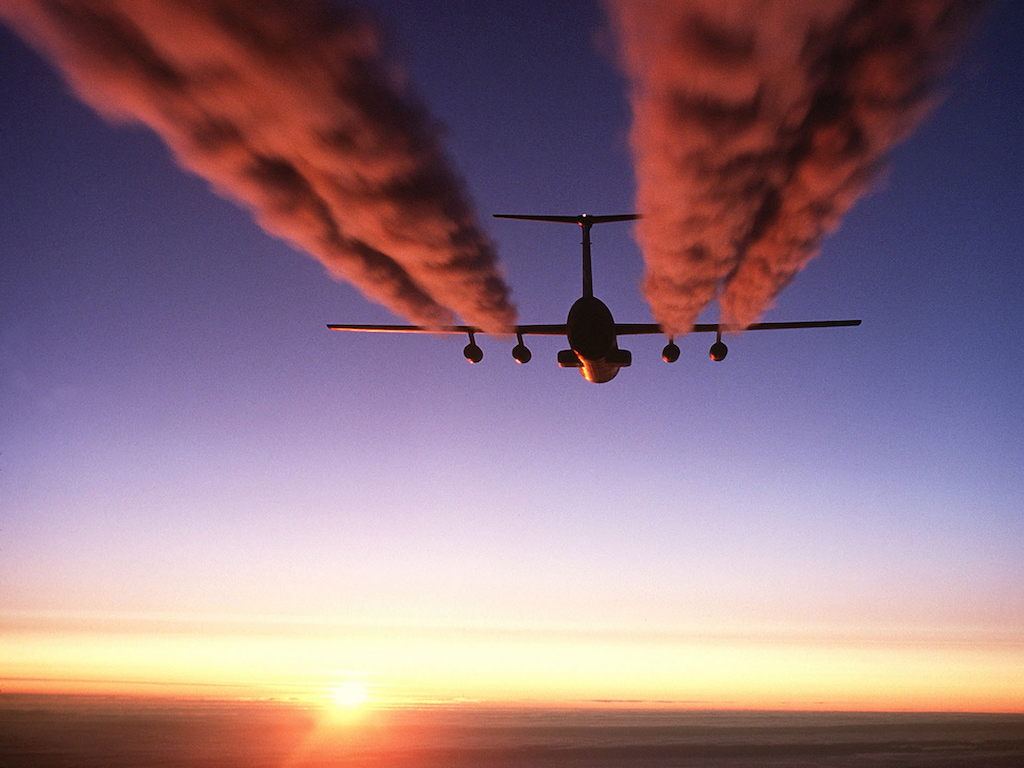Emission Inequality: World’s Top 1% Frequent-Flying Elites Responsible For Half Of Global Aviation Emissions
4 Mins Read
Frequent-flying elites representing only 1% of the global population are accountable for half of the aviation industry’s carbon emissions in 2018, a new study reveals. The paper is the most comprehensive look into the impact of frequent flyers to date and spotlights the enormous impact the world’s richest individuals are having on fuelling the climate crisis. Researchers say that the current aviation hiatus as a result of Covid-19 should serve as an opportunity to tackle “super emitters”.
Just 1% of the world’s population is responsible for half of the global aviation industry’s emissions in 2018, finds a new study published in the journal Global Environmental Change, which collated data from all over the world to examine the climate impact of frequent flyers. Individuals identified in the group travelled for an average of 56,000 kilometres per year – equal to three long-haul flights over a year or one short-haul trip per month.
The majority of people in the world did not fly at all in 2018, with only 11% of the global population taking one flight and only 4% of those flights were abroad. The research also found that out of all rich countries, the U.S. passengers have the highest aviation carbon footprint, larger than that of the next 10 countries on the list combined, which includes the U.K., Japan, Germany and Australia.
If you want to resolve climate change…then we should start at the top, where a few ‘super emitters’ contribute massively to global warming.
Stefan Gössling, Lead Author, Linnaeus University

What the findings show is that a tiny fraction of the world’s population representing an elite group of people who have the luxury to go on frequent flights are having an enormous impact on driving the climate crisis.
“If you want to resolve climate change…then we should start at the top, where a few ‘super emitters’ contribute massively to global warming,” said lead author of the study Stefan Gössling of Linnaeus University in Sweden, in conversation with the Guardian.
When looking at the regions where aviation carbon emissions are the highest, the research showed a clear inequality between the Global North enjoying far more flights than countries in the Global South. On average, North Americans flew 50-times more kilometres than Africans and 10-times more than those in the Asia-Pacific region, while Europeans flew 25-times more than Africans and five-times more than Asians.
The new research additionally calculated the cost of the climate damage caused by the aviation industry. In 2018, airlines produced around a billion tonnes of carbon dioxide emissions, and have essentially benefited from a “subsidy” of US$100 billion as they were not required to pay for their responsibility over exacerbating climate change.
The lack of regulation to ensure that airlines compensate for their environmental damage was described by the paper authors as a “major subsidy to the most affluent” that needed to be scrutinised, “in particular, the super emitters”.
The rich have had far too much freedom to design the planet according to their wishes. We should see the crisis as an opportunity to slim the air transport system.
Stefan Gössling, Lead Author, Linnaeus University

Read: Airbus debuts new zero-emission plane designs that could take-off by 2035
Gössling told the Guardian that the 50% drop in aviation passenger numbers this year as a result of the coronavirus pandemic should represent a window of opportunity for governments to enact policies to green the industry, such as putting sustainability conditions on bailouts or introducing targeted levies on frequent flying, a proposal that climate campaigners have already put forward before the pandemic struck.
“The rich have had far too much freedom to design the planet according to their wishes. We should see the crisis as an opportunity to slim the air transport system,” said Gössling.
It’s not the first time that studies have revealed the higher footprint of wealthy people and countries. One study in the U.S. found that richer households produce at least 25% more greenhouse gas emissions compared to less affluent homes, while another report highlighted the link between wealth and more food waste, a global issue that drives 10% of the world’s carbon emissions.
On the macro-level, research conducted by Oslo-based nonprofit EAT found that while G20 states, the largest economies in the world that represent only 10% of countries, they produce almost three-quarters of the total carbon emissions from the global food system predominantly due to meat- and dairy-heavy consumption patterns.
Another team of scientists say that if just 20% of the world’s richest countries opted for a plant-based diet and slashed food waste by a third, the world could be looking at carbon absorption instead of global heating by 2050.
Lead image courtesy of Wikimedia Commons.




